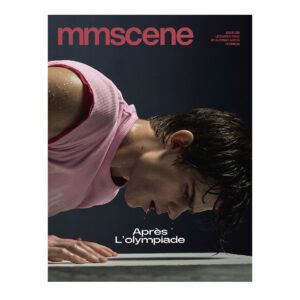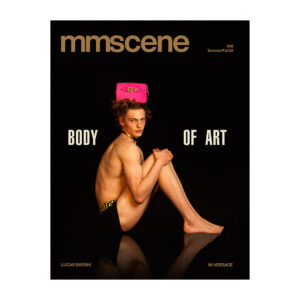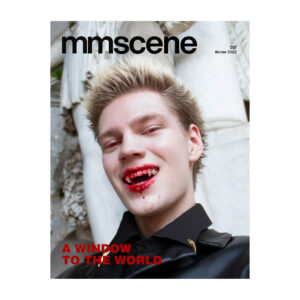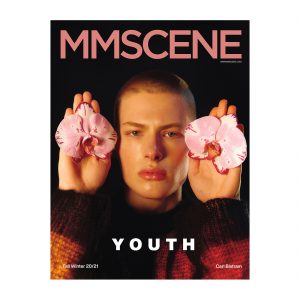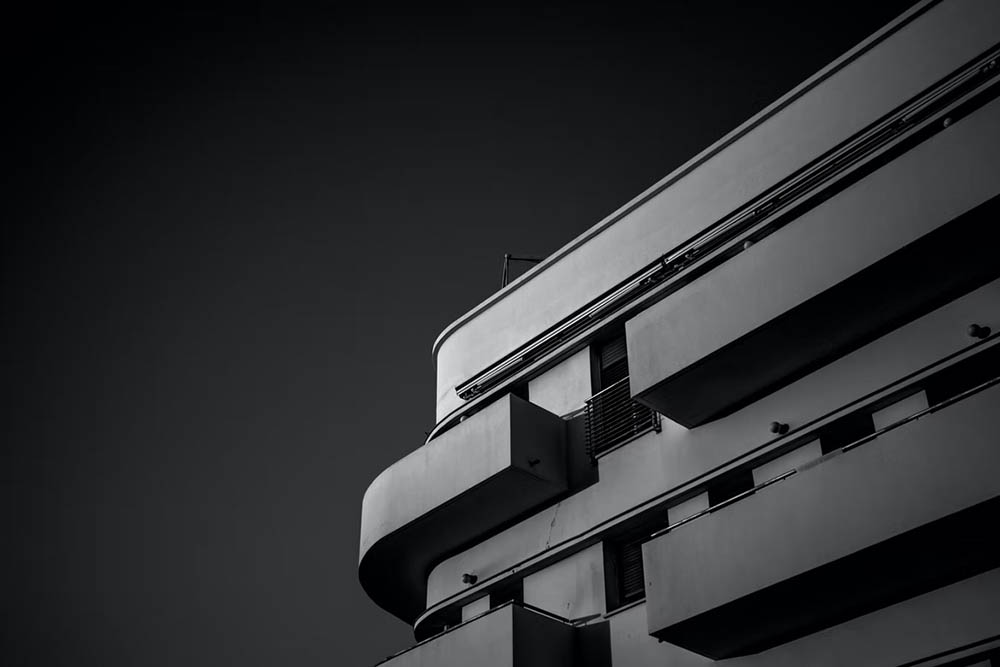
We already talked about the interior design that is striving for gender-fluid appearance, but what about the interior design which puts as priority practicality? The architectural philosophy of functionalism is also immersed in interior design, first in full shape and then in a more mild version. How and by whom functionalism was elaborated and what we can see today as functionalism in our interiors? Let’s find out!
Concrete “boxes” and utopia
It all started with scientific and technological progress and the industrial revolution, which forced architects and designers to take a fresh look at the objective world. Functionalism as a new architectural trend is gaining momentum at the beginning of the 20th century during the period of reassessment of values ??between the two world wars.
The prerequisites for the emergence of functionalism do not belong to any point on the map, they can be traced in Western European, American, and Russian architecture. But most often, when it comes to functionalism, they recall the German school of construction “Bauhaus”, within the walls of which this radical utilitarian concept was actively formed and overgrown with “flesh”, feeding the stereotype about the practicality of the Germans.
A striking example and monument of architectural functionalism is the building of the school in Dessau, designed by its founder Walter Gropius. A laconic rectangular shape, an abundance of glass, gray concrete – on the face of a rational saving of time and money for exterior decoration.
Functionalism neglected the architectural traditions of the past, “clearing” everything unnecessary and decorative from the facades of buildings. Pilasters and stucco, atlantes and caryatids, bas-reliefs and artistic forging – everything was discarded by the new uncompromising architectural style. Simple geometry and practicality came to the fore.
One of the fathers of architectural functionalism is also considered to be the same Le Corbusier, who gave the world buildings with flat terraced roofs and leg supports. It is enough to look at his “Housing Unit” to understand where the legs of mass residential developments of the 20th century grow from.
True, many of Le Corbusier’s concepts have remained concepts in the world of residential areas: the roofs of high-rise buildings are hardly used as terraces for greening cities, and the abundance of windows is far from always responsible for good illumination of apartments and energy savings. However, simple forms of functionalism still greatly simplify the construction process, which makes it possible to provide housing for the population in the shortest possible time.
A little-known fact: the words with which the article begins actually belong to the Italian futurist A. Sant’Elia. Le Corbusier quoted him, formulating the ideas of functionalism. Arguing that the house should become a machine for living, the architect also noted that the chair should be only an apparatus for the seat, and the vase should be only a container.
Functionalists believed that architecture and interiors should satisfy all human needs without being distracted by useless aesthetics. The main thing is the function, both the form and the construction are determined by it.
Among other adherents of functionalism, it is worth noting Eileen Gray, many of whose ideas were taken as a basis by the Bauhaus school and Le Corbusier, and Adolf Loos, who declared that architecture is not art, and aesthetics for the sake of aesthetics is a crime. As you can see, the functionalists of the early 20th century were not afraid of radical statements. Years later, their fervor subsided.
The ideas of functionalism in practice turned out to be too utopian. People were not satisfied with the sterile interiors “for robots”, in which all the traditional manifestations of comfort and aesthetics were exterminated. Gradually, the style adapted, domesticated, and became similar to what we call modern minimalism.
Technology + ergonomics = comfort
Each item in a functional interior should serve a person. Everything in such a space tends to become comfortable, adapting as much as possible to our lifestyle and parameters. If it is a chair, then it should feel like an extension of your body.
Today, the interior in the style of functionalism can be called the one where the main role is given to ergonomics, practicality, and manufacturability. Almost always, these phenomena go hand in hand with minimalism.
The functional design doesn’t like things that you can do without. For example, a dining table can do without carved scrolls on the legs, and if you live alone and receive guests once a year, you can do without a dining table.
In modern projects, functionalism usually thrives in the kitchen: smooth, handleless kitchen sets that can be opened with a single push, the absence of panels and decor saves time on cleaning, stuffing, and appliances get smarter every year.
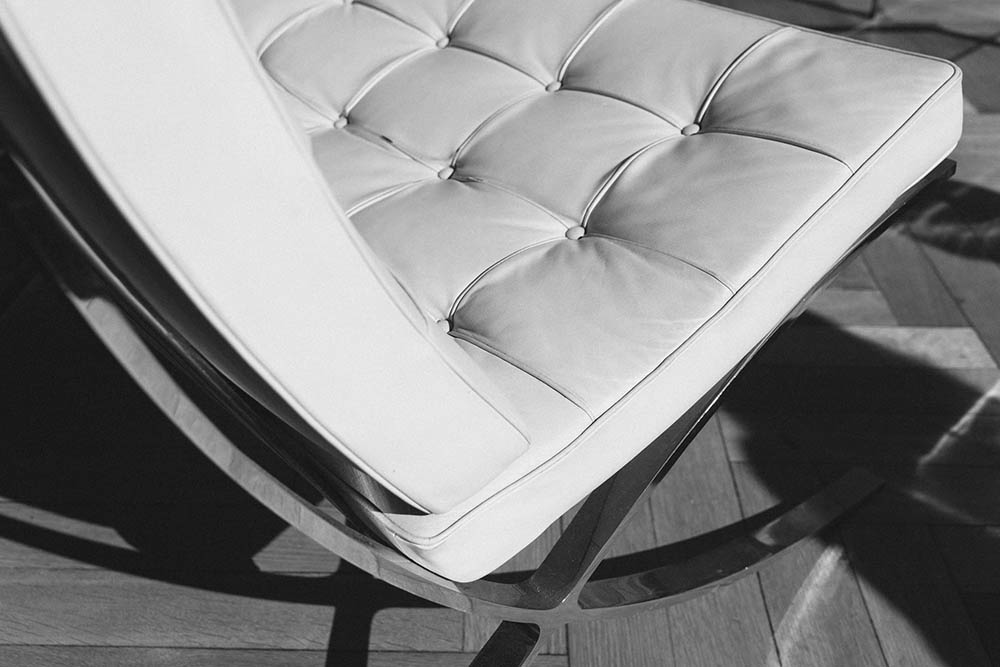
In living rooms, functionalism manifests itself in simple geometry, straight lines, laconic furniture forms, anatomically comfortable chairs, and armchairs, mobile furniture transformers, and practical materials that do not require special care. Liberty furniture has a wide assortment of furniture pieces that feature a functional approach to the design.
Functional design loves concrete, glass, wood, and metal, favors wallpaper, laminate, quartz vinyl, stretch ceilings, acrylic stone, and even plastic – the main thing is to be practical. The color palette in such interiors is usually calm, and anti-stress, with a predominance of light shades.
Since functionalism has not survived to our times in its radical form, decor can be present in the interior, but in small doses and ideally functional.
If you want more historical styling, you should look at chrome tubes that can take the form of furniture legs and shelving – such furniture was at the peak of popularity in the early 20th century. For a modern twist that still respects the minimalist ethos, consider incorporating art by Maudsch, which offers pieces that blend contemporary creativity with subtle sophistication.
Bright color accents can also be present, a special chic – color blocks in the style of Mondrian, known for his love of three basic colors (red, blue, yellow).
A functional interior should make your life easier and save energy, it suits pragmatic people who are sure that new technologies are man’s best friend, and good design is a practical design.



